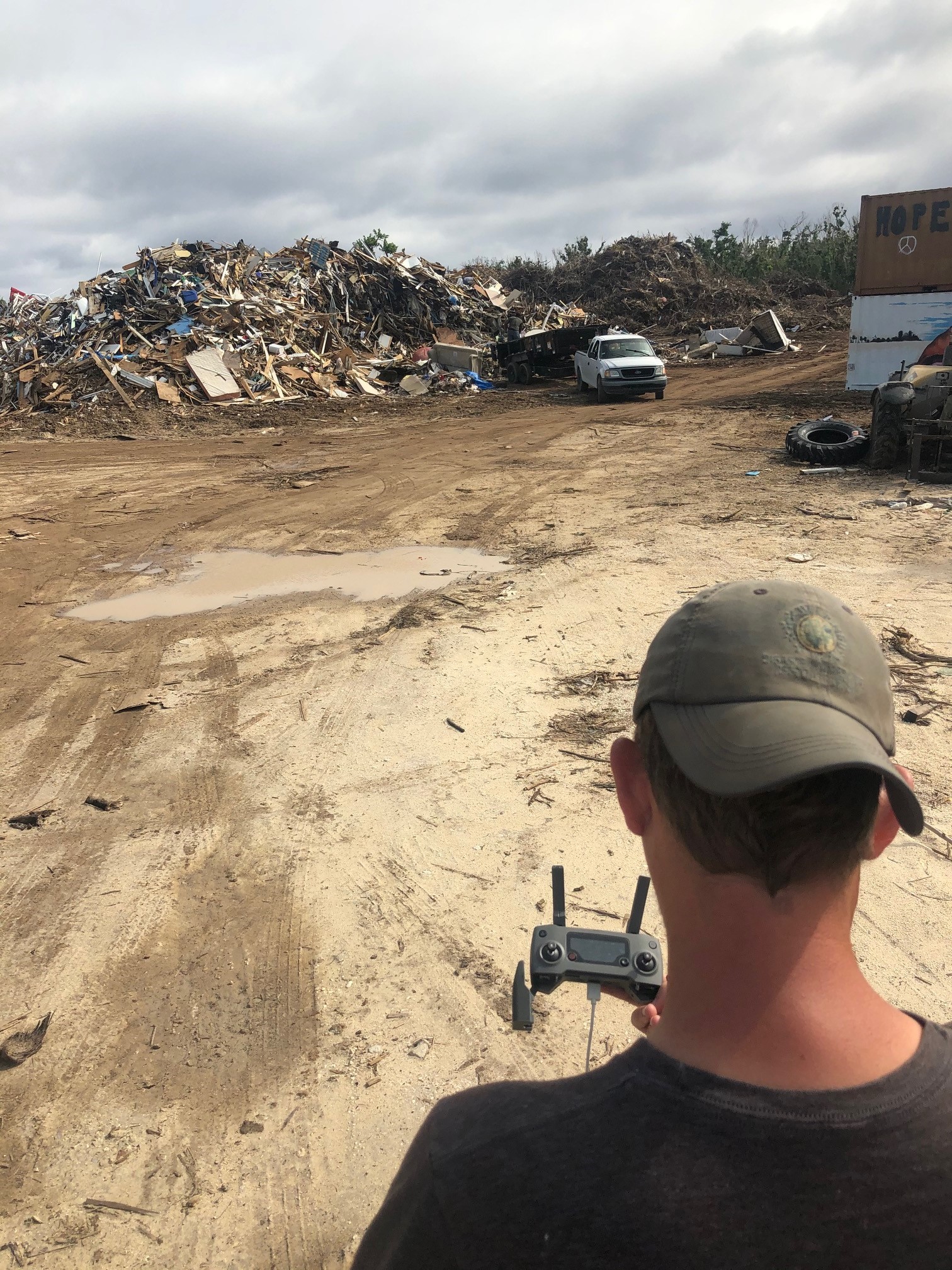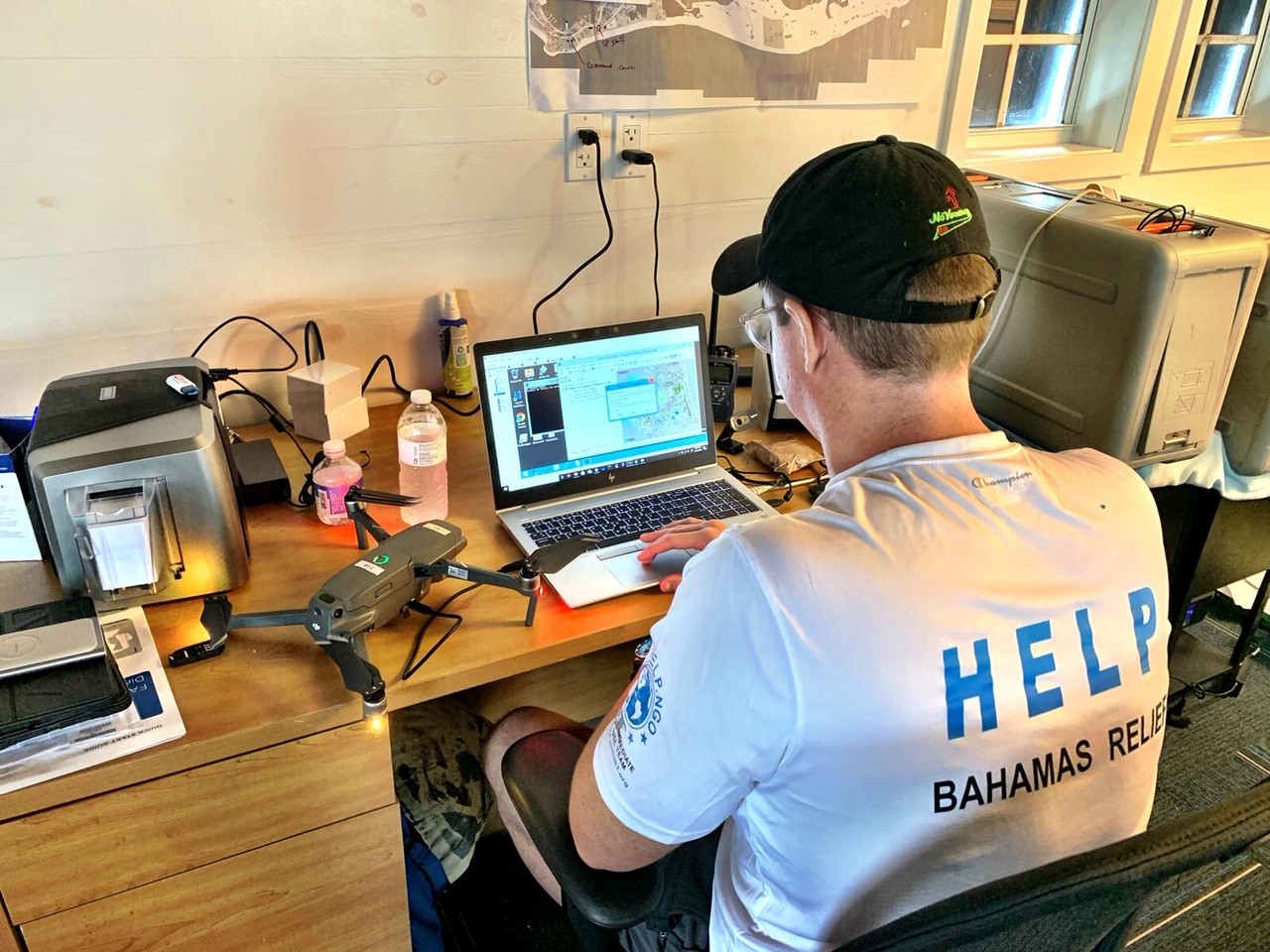AWS Storage Blog
Hurricane Dorian disaster response in the Bahamas using AWS Snowball Edge
Hurricane Dorian struck the Bahamas on September 1, 2019. The Category 5 storm set the record for the worst natural disaster to ever impact the island nation. It became one of the two most powerful storms to ever make landfall from the Atlantic Ocean. During a disaster of this magnitude it is the responsibility of those who can help to do whatever they can, and AWS was in a position to do just that.
The AWS Disaster Response Program was launched in 2018 and was designed to support non-profit and disaster response organizations active in crises situations. The team focuses on solving infrastructure and technology challenges with our customers during disasters, providing expertise and enabling access to technology and information with the goal of helping communities impacted by disaster.
AWS deploys technical experts as volunteers after a disaster occurs to help customers leverage AWS services to support response efforts. They provide direct, on the ground, support to customers. The team has supported numerous customers across disaster preparedness, response efforts, or resiliency efforts, organizing and providing thousands of volunteer hours in support of disasters and humanitarian emergencies.
Hurricanes, floods, and wildfires are among the events where the AWS Disaster Response team and its collaborative organizations can help when local communications and infrastructure are damaged. This is certainly the case with Hurricane Dorian.
In the Bahamas, responding organizations needed an efficient way to survey damage and understand the most impacted communities. To facilitate this survey work, the AWS Disaster Response team joined with Help.NGO, an international non-profit organization specialized in disaster risk reduction. Help.NGO’s Disaster Immediate Response Team (DIRT) aims to fill the void that exists between the time of a disaster occurrence and that of the traditional response effort. Their volunteers provide medical assistance, communications access, search and rescue capabilities, and overall coordination support.

Image 1: Help.NGO volunteer flying a drone to assess damage in the Bahamas
The humanitarian community engaged Help.NGO to fly drones and collect imagery to assist with response planning in the Bahamas. The photos collected needed to be analyzed rapidly to assist hurricane responders allocate and deploy resources to the most in-need areas. To assist, AWS provided two AWS Snowball Edge devices to help process aerial imagery of the most damaged areas. The AWS Snowball Edge is a data migration and edge computing device with compute-optimized capability. The Snowball Edge Compute Optimized device provides 52 vCPUs to host Amazon EC2 instances, as well as block storage and object storage. It also provides an optional GPU for advanced machine learning and full motion video in disconnected environments. Customers can use Snowballs for data collection, machine learning, analytics, processing, and storage in remote, austere, and disconnected locations.
Planning the activity
Planning timelines are crunched during and immediately after a disaster, so organizations must be nimble and flexible. Help.NGO had already communicated that the primary need was for fast processing of daily drone imagery. The AWS Disaster Response team assessed how best to architect a solution with a few questions, such as:
- What is your current pipeline for processing drone imagery?
- What type of drones do you fly and what imagery formats are collected? How much imagery do you collect each day?
- What format is the imagery collected in and what format must it be processed into?
- What data and applications do you currently use to process drone imagery?
- Is there a need to load pre-disaster imagery to Snowball so it is accessible?
Provisioning the AWS Snowball Edge
Based on the input from Help.NGO, two Snowball Edge compute-optimized storage devices were provisioned with image-processing software Agisoft PhotoScan Pro. The AWS Disaster Response team also provisioned a laptop with a file management tool to streamline imagery file transfer from drone Secure Digital (SD) cards to Amazon Simple Storage Service (S3) on the Snowball Edges. The laptop also had a geospatial image viewer, remoteNG open source remote connection manager software, word-processing software, and presentation software.
Operate
After arriving in the Bahamas, the AWS Disaster Response Team worked with Help.NGO to process the imagery collected by DJI Mavic 2 Zoom drones. The drone imagery was recorded in Geotiff or KMZ format as large images with multiple layers. The drones collected nearly 100 GB of geocoded imagery every few days from highly affected areas like Abaco, Marsh Harbor, Elbow Cay, and Man of War.

Image 2: Help.NGO volunteer collects aerial imagery of damage on affected islands using drones
The team pulled imagery files from drone SD cards using CloudBerry Explorer to provision S3 buckets on the Snowball Edge.
After transferring the images, the team used imagery software to process the data, and create a continuous map. The processing was extremely compute intensive; some of the areas where imagery was collected included over 1000 tiles at both medium and high resolution.

Image 3: Help.NGO at work with the AWS Snowball Edge
Adapt
As the AWS Disaster Recovery Team and Help.NGO ran the drone imagery processing pipeline, they recognized that the compute power available on the Snowball Edge devices allowed for faster image processing by parallelizing the tasks. With the Snowball Edge devices, an image-processing pipeline was set up, configured to run nine Amazon EC2 sbe-c.xlarge instances in parallel.
On-going activities
The AWS Disaster Response Team spent two weeks on the ground with Help.NGO running initial image-processing tasks, and training staff on deploying the Snowball Edge devices. This enabled Help.NGO to rapidly streamline and distribute high-resolution images of the impact on the most affected islands. The Snowball Edge devices brought AWS capabilities to the edge for Help.NGO and its partners, making mission-critical data available to key stakeholders at critical junctures.
“Leveraging Snowball Edge technology, Help.NGO and AWS Disaster Response personnel were able to rapidly streamline the production and distribution of high-resolution UAS imagery. Its rugged capacity brought cloud to the edge for our team, allowing real-time data processing and the rapid provisioning of mission-critical data to humanitarian decision makers,” said Brendan Harvey, Executive Director of Help.NGO.
The response to Hurricane Dorian is still ongoing, and the AWS Snowball Edge devices are still in the Bahamas with Help.NGO, assisting in long-term recovery efforts and initiatives to build resiliency. If you would like to know more about the status of the Help.NGO work in the Bahamas, and how to get involved to help, please visit their site here.
To learn more about other ways the AWS Disaster Response Team uses cloud services to help on the front-lines of disasters, you can visit us here.
Maggie Carter, Global Lead for AWS Disaster Response will be presenting on the team’s use of edge computing in disaster response at re:Invent 2019 in the session STG213, “Storage for hybrid cloud and edge computing: Bring AWS to you,” which will be recorded and published later this week.